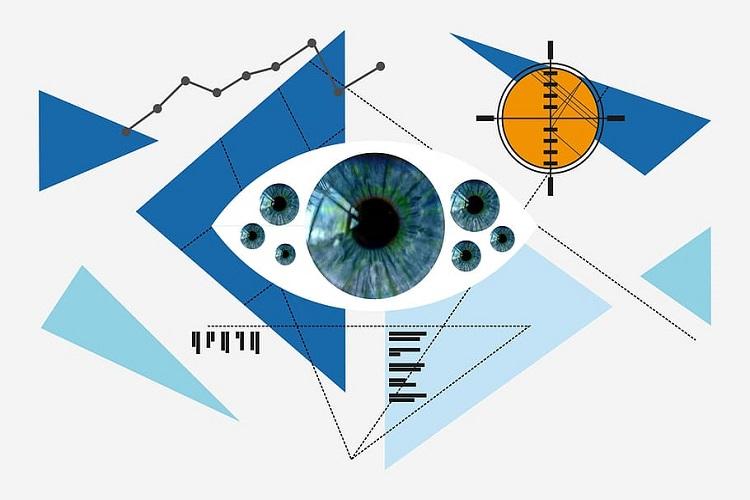
Innovative technology is transforming the way we consume data and creating a new type of user within organizations: the citizen data scientist. This capability emerges from a new breed of Artificial Intelligence (AI) that puts powerful predictive analytics in the hands of front-line users, helping them address day-to-day needs with greater insight. It’s no longer necessary to turn to code-writing developers to create use-case-specific applications. Now, with functionality assured through solid back-end code and APIs, users can delve into the data they care about with an unprecedented array of automated analytic tools. The toolset — easy to use on the front-end, powered by sophisticated technology on the back-end -- makes it easy for users to gather, deploy, integrate and consume information at a level scarcely imagined a decade ago. For government agencies struggling to contain costs and hire skilled data technicians, this software innovation is game-changing.
First, Some Background
It’s been nearly a decade since analysts and technology providers began pointing to a convergence between corporate IT departments and their internal clients. By mid-decade, the technology community was beginning to refer to low-code platforms for citizen developers as a fundamental paradigm shift, supporting and empowering non-IT staff who lacked traditional coding skills but still had the ability and motivation to solve day-to-day business challenges by doing their own app development.
Now, that trend has escalated and moved beyond citizen developers, to create a new role for the citizen data scientist. The fundamental advantages that distinguish citizen data scientists from citizen developers are the massive amount of data at their disposal, and the sophisticated new tools available to help them deploy and draw insights from it.
An Added Dimension for AI
AI can be used for more than automating some simple processes. The true potential of AI technology comes from applying machine leaning and predictive analytics to a variety of practical and personalized use cases. AI has the potential to prove advice, discover performance patterns, analyze multiple influencing factors, and draw complex conclusions about a specific question — including questions that require a window into the future.
The maximum potential is reached when AI can emulate and enhance human performance, offering advice that is reliable and intelligent. This predictive insight helps organizations anticipate, understand and prepare for future trends and outcomes. The solution reaches this level over time, analyzing patterns and tracking a variety of scenarios, learning which responses humans judge as appropriate and which are rejected.
For such practical applications, the hands-on users need to be engaged in defining the objectives, assigning priorities, and setting parameters and conditions. For everyday users to engage with the software, user tools need to be easy to use, requiring common sense, not IT expertise.
That’s where citizen data scientists enter the picture, drawing on their own application knowledge and using tailored IT tools to create AI and machine learning models at scale.
It’s a new development approach that is just beginning to gain traction. But it’s emerging as an exciting new way to bring a wider development force into synergy with AI.
Connecting AI to Non-Specialists
For citizen data scientists to make good use of AI, the technology has to offer a high degree of intuitive, automated functionality, with a user experience that would be familiar to a manager or executive with no experience in a coding environment.
That means algorithmic functions inside the box must work seamlessly, in a way that requires only occasional input or support from the in-house IT team. It should also be completely invisible to a user who can define the desired outcome, but not the technical path to achieving it.
The most accessible, user-friendly AI systems have automated the process of hyper parameter optimization or tuning, so that the business user never has to think about the 20 or 30 different policies or factors that might go into the algorithm. At the level of the user interface, the citizen data scientist can just open the system, drag and drop the data, and count on receiving an optimized result.
Behind the curtain, the AI is autonomously running multiple options and permutations to come up with the best answer to the user’s question, drawing on underlying data patterns to spot issues, opportunities or unknowns that simply would never be visible through non-automated analytics. By freeing employees up to focus on the tasks they’re good at, and that deliver the greatest value to the end user, the technology provides the heightened functionality and performance the enterprise needs to stay competitive, innovative and profitable.
Final Advice
The data your organization has generated is likely immense. Rather than be overwhelmed by it, invest in AI-driven analytics that enable you to consume the data insights and formulate meaningful, practical applications. Turn to automated solutions that enable users -- with no data science experience needed -- to slice, dice and combine the data with other sources of internal and external knowledge, organizing it to meet the needs of different levels and functions across the organization.
A well-thought-out AI strategy can enhance and accelerate the flow of mission-critical information across the enterprise. With the right solution in place, you can turn everyday users into citizen data scientists, enhancing their ability to work smarter, empowered by data.
Rick Rider is Senior Director - Product Management, Infor and Ranga Pothula is MD - India Sub-continent & SVP - Global Delivery Services, Infor

 In
In
Add new comment